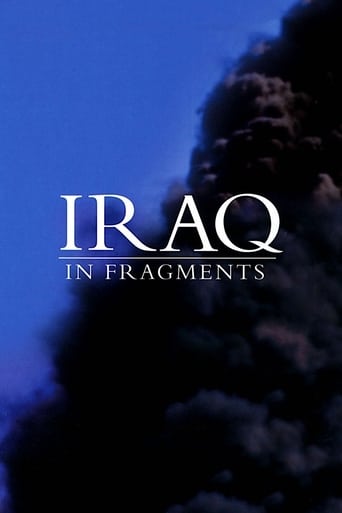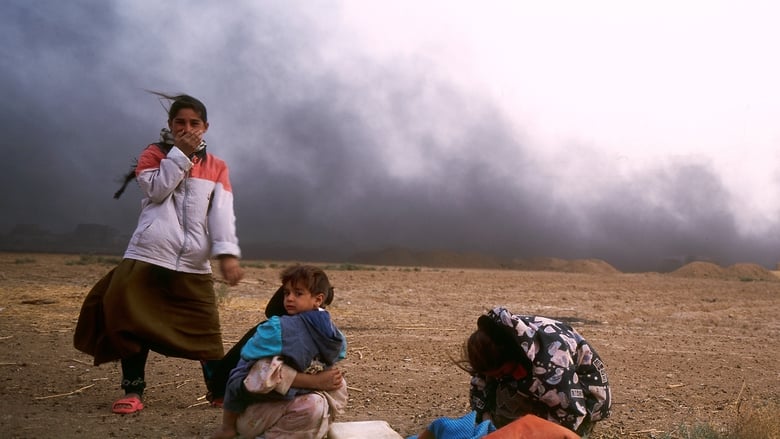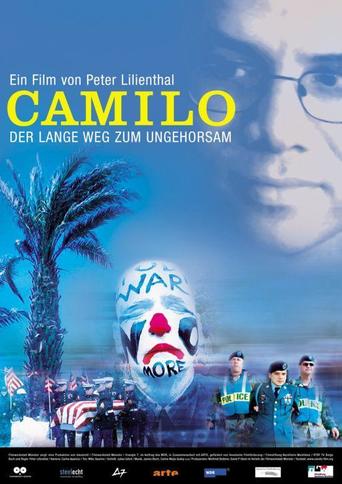An opus in three parts, Iraq In Fragments offers a series of intimate, passionately-felt portraits: A fatherless 11-year-old is apprenticed to the domineering owner of a Baghdad garage; Sadr followers in two Shiite cities rally for regional elections while enforcing Islamic law at the point of a gun; a family of Kurdish farmers welcomes the US presence, which has allowed them a measure of freedom previously denied. American director James Longley spent more than two years filming in Iraq to create this stunningly photographed, poetically rendered documentary of the war-torn country as seen through the eyes of Sunnis, Shiites and Kurds.


Similar titles
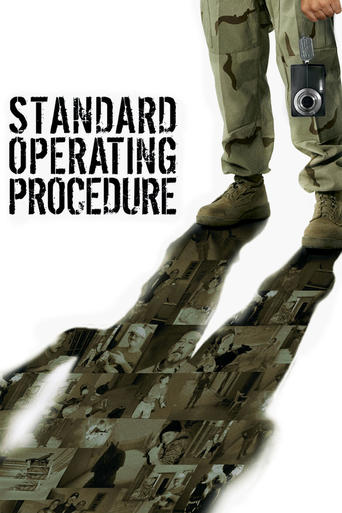
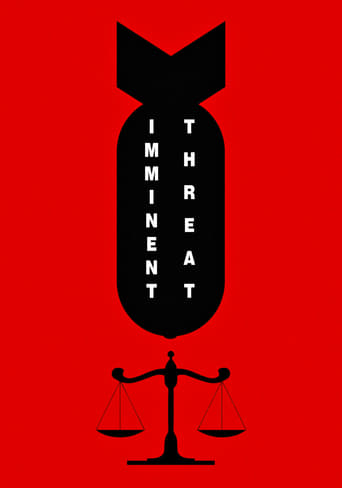
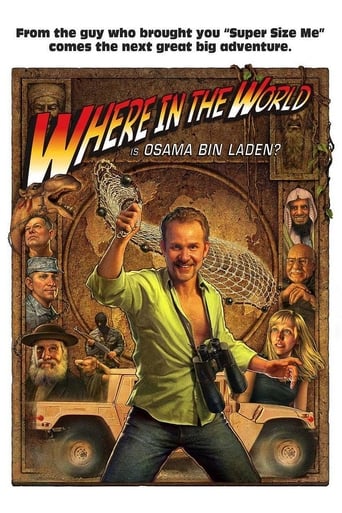

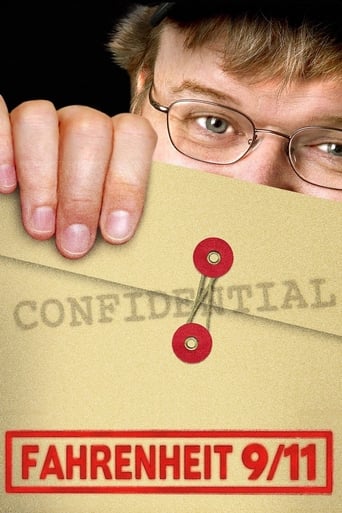
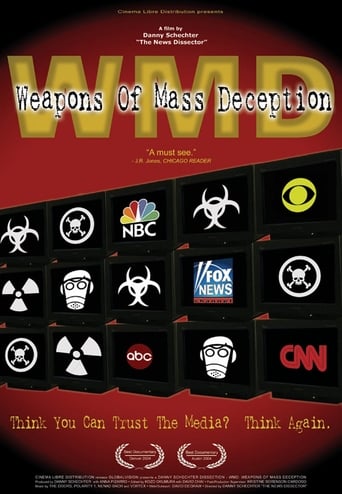
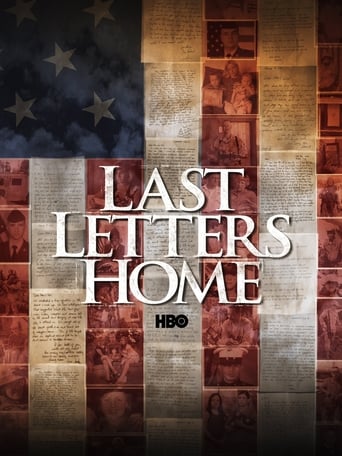
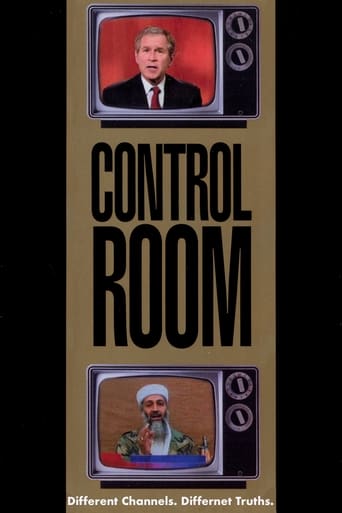
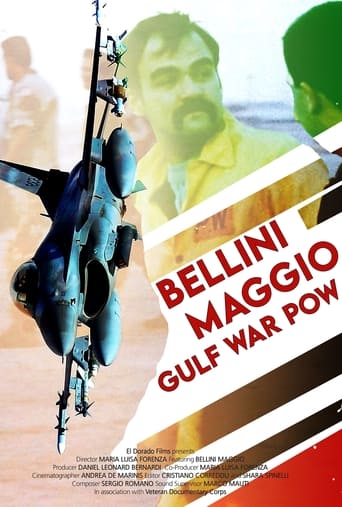
Reviews
John Langely somehow created amazing shots all the while risking his life daily in a war zone where white skin can be a death sentence. I recommend this film not just to the documentary crowd, but to anyone interested in the Iraq war. Sometimes the shots are so breath-taking you don't believe it's reality, it is too perfect, even beautiful. I would have called this film, Iraq in people, because thats what I saw in this film, an intimate, very personal look at the struggles of people, who live in a war. The relationship between the boy(Muhammad) and his boss is hard to watch. The boy admires him like a father, but the man puts him down often and with no visible regret when he breaks the boy down because he can't spell his father's name after 4 years of school.
A brilliantly made documentary, the first about Iraq that focuses exclusively on the people of that troubled land, rather than on the U.S. military occupation forces. The title is a triple entendre. We know that the country has been fragmented from its beginnings after WW I as a stitched together confederation of disparate Kurd, Shia and Sunni territories. Iraq was, of course, further fragmented as a consequence of the recent U.S. invasion. The title also refers to the cobbling together of fragments of footage shot at different times and places to create this film.James Longley shot nearly 300 hours of film over a two year period, from April, 2003, to April, 2005. He has edited his material to produce a series of three stories, film fragments skillfully arranged to show us differing perspectives. Part I is set in Baghdad, and is Sunni slanted. Part II is set primarily in Naseriyah and features the radical Shia movement led by Muqtada al Sadr. Part III is set in the north, in rural Kurdish country.Longley permits the people who live in these places to tell their own stories. There are no expert talking heads, no editorializing voiceovers. Youngsters as well as adults have their say (though every speaker is male; Longley says he has footage of women that could become the focus of another film). We venture into schools, marketplaces, religious and political rallies.It is evident that only the Kurds here consider the American presence beneficent. But the only Shia element that is given voice here is the most anti-American, al Sadr's group (in Part II). We know that among the larger Shia majority, opinions about the U.S. are to some degree more variegated. It almost goes without saying that the Sunnis, the group most closely affiliated with Saddam's reign, is almost unanimously anti-U.S.The artistry of Longley's film is breathtaking. His cinematography is first rate, with marvelous use of close-ups of people from imaginatively conceived camera angles, sometimes against distant scapes. One scene shows just hands and forearms of people in a crowd as they are reaching up for pamphlets: it is a stunning image.The footage is high resolution with vivid coloration, except for several minutes of grainy footage with poor light quality near the end of Part II. The editing and sound are also wonderfully realized. While someone is talking, the camera drifts to images that complement or supplement what the speaker is saying. The film won best documentary awards at Sundance 2006 for direction, cinematography and editing. All well deserved. (In Kurdish, Arabic & English) My grades: 9/10 (A) (Seen at the Portland (OR) International Film Festival on 02/23/06)
Let me just say right from the start that I came to this film not expecting much. I saw some other Iraq films like Gunner Palace and wasn't too impressed, but this one is totally new. First of all, the whole thing takes place from the POV of Iraqis - and I mean *really* from their POV - like almost looking out of their eyes. I have never seen a documentary that gets this close to its characters, both physically and emotionally, but where the camera stays invisible the entire time.This in itself feels like an innovation when you're watching the film, but beyond that there is the kinetic editing and the absolutely gorgeous photography. So what you get is a film of substance that not only shows you a reality we never get shown on TV, but a documentary that feels like a true step forward in style. Documentary film makers are going to be playing catch up now that films like this one are out there.
Longley's visually beautiful and emotionally saddening film in three parts, shot during two years spent in Iraq between the immediate aftermath of the invasion in 2003 and 2005, arouses tremendous hopes but ends by quite dashing them. Longley is great with a camera and patient with children and his documentary is full of lovely, yellow-filtered images. But the project to describe post-invasion Iraq is both over-ambitious and reductive. Longley wants to cover what he thinks are the three main divisions of the country -- Sunni, Shiite, and Kurd. But he tries to do this by reducing his focus to children and old people, speeches, and a few scenes of public violence, and the result feels empty.Most memorable, because most integrated and most eloquently narrated (by the wispy, childish voice of the boy himself), is the first segment about eleven-year-old fatherless Mohammad (his father disappeared after speaking up about Saddam at some time in the past), who lives and works in the Sheikh Omar district of Baghdad. The camera is close up on Mohammad's sweet, expressive young face; or his voice-over declares, "Baghdad used to be beautiful" over shots of the city before the invasion (Longley made a short visit in 2002) and then, "the world is so scary now" as we watch big brown helicopters sputter threateningly overhead.We never see Mohammad at home, but Longley hung out at the little auto repair shop where Mohammad was working long enough to fade into the tool racks and, astonishingly, to film uninterrupted Mohammad's encounters with his sometimes affectionate but more often abusive boss -- who smacks him and calls him a son of a whore for playing marbles with other boys; for not knowing how to spell his father's name; and finally for even spending time at school, which he is forced to give up to keep the job.The boss also speechifies a bit about the occupation, which he considers far inferior to the days of Saddam: we can't help seeing this fat bully as a little Saddam lingering on in the Sheikh Omar district. Other voices are cut in throughout the segment with Baghdadis, presumably Sunnis (since that's meant to be the focus of this section), declaring the same things: the Americans just came to set up a military base, they're here for the oil (Mohammad says that too), they have not brought democracy, it's even worse now than under Saddam, everything they say is a lie.Desperate for a father, Mohammad murmurs repeatedly that his boss loves him but in the end admits he has to escape the abuse. The rationalizing over, he leaves to work at his uncle's larger shop. He may still have his dreams of becoming a pilot and flying to more beautiful countries. Earlier, we watched him at school looking bright and eager as the teacher drilled the children on the words "dar" (house) and "dur" (houses) and how to use them.Did Mohammad get to go back to school and learn how to write "Haithem" (his father's name)? We don't know, nor do we see his new workplace, or hear from relatives. Why did Longley focus so much time and attention on this boy? There's something heartrending about his little story, but he can't be seen as the future of the country. Alas, he has little future. This picture of Baghdad is vivid, but incomplete.Parts two and three focus on Moqtada Sadr, Najf, and the movement to empower the Shiite majority and bring religious rule to the country; and on a sheep-herding and brick-making family in Kurdistan. Longley and his interpreter Nadeem gain access to the Moqtada camp through one of his men, thirty-two-year-old Sheikh Aws al-Kafaji, who let them film his activities, strategy meetings, rallies, marches, speeches, religious ceremonies, and an alcohol raid on the local market. There's even footage of a hospital, with a wounded man on a stretcher yelling, "Is this democracy?" "Amrika 'adu Allah," someone declares -- America is the enemy of God. Most noteworthy is footage of Sadr's men (or Kafaji's?) roughing up random people in the market suspected of selling booze and of encounters of Sadr's men with Spanish troops around the Imam Ali Shrine. The rest is a chaos of images, vivid and intense enough, but -- despite clear translations in subtitles of all the speechifying and excerpts from committee meetings -- without any sense of what it all may mean. No doubt about the fact that a lot of this material was dangerous to shoot, and again, Longley's camera-work is superior; this section will serve as excellent stock footage for future historical documentaries of the period.Things became so dangerous that by September 2004, Longley decided to go north -- Koretan, south of Erbil, a small community of farms and brick ovens. From here on, no more Arabic is spoken, only the Kurdish language. After all the tumult of the Shiite uprising, Longley reverts to a smaller canvas, again focusing on boys, two close friends this time, so intimate they walk hand in hand to school, and their fathers. Mostly we see one of the boys, "Sulei" (Suleiman), an unsmiling youth with a chiseled face who wants to be a doctor, and his aging, bespectacled, chain-smoking father, a shepherd. Sulei talks about struggling to study his hardest to go into medicine, but again, the demands of supporting his aging dad and working both at baking bricks and tending sheep force Sulei to drop out of school -- even sadder than the case of Mohammad in Baghdad, because Sulei had a real desire to be somebody. The picture is the opposite here. Someone mentions Saddam's massacre of Kurds in the Eighties and moving in of Arabs, and the old man says, "God brought America to the Kurds." Quite a contrast to "America is the enemy of God." But again, a lonely boy without a future is no picture of the Kurds.
